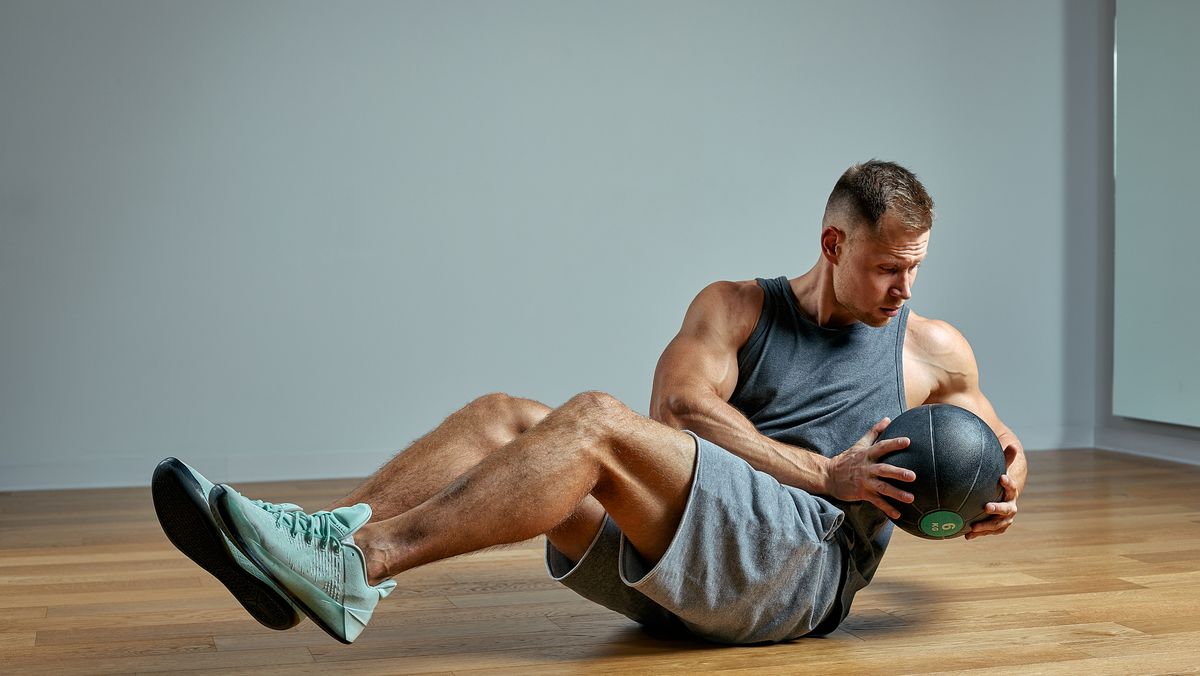
Functional training is a dynamic approach to fitness that focuses on improving strength, mobility, and coordination for real-life movements and activities. Unlike traditional exercises that isolate muscle groups, functional training emphasizes movements and exercises that mimic everyday tasks, sports, and activities. In this article, we will explore the concept of functional training and how it can enhance your performance in real-life situations.
1. Understanding Functional Training:
– Explanation of functional training and its purpose in improving movement efficiency.
– The emphasis on multi-joint movements and engaging multiple muscle groups simultaneously.
– How functional training improves balance, coordination, stability, and mobility.
2. Core Strength and Stability:
– Importance of core strength and stability for functional movements.
– Exercises that target the core muscles, such as planks, Russian twists, and medicine ball rotations.
– Integration of core activation into compound movements to enhance overall stability and performance.
3. Movement Patterns:
– Identification of common movement patterns used in daily activities and sports.
– Exercises that replicate movement patterns, such as squatting, lunging, pushing, pulling, and rotating.
– Progressions and variations of these exercises to challenge different planes of motion and improve functional strength.
4. Balance and Proprioception:
– Incorporating exercises that enhance balance and proprioception.
– Utilizing unstable surfaces, such as balance boards, stability balls, or BOSU balls.
– Single-leg exercises, like single-leg squats or single-leg deadlifts, to improve stability and coordination.
5. Functional Training Tools:
– Introduction to functional training tools that enhance performance.
– Utilizing resistance bands, medicine balls, kettlebells, or suspension trainers.
– Integrating these tools into functional exercises for added resistance and variety.
6. Functional Training for Specific Activities:
– Tailoring functional training to specific activities or sports.
– Examples of functional exercises for runners, golfers, tennis players, or climbers.
– Training protocols that mimic the demands of a particular activity or sport.
7. Functional Training for Daily Life:
– Incorporating functional movements into everyday activities for improved functionality.
– Lifting and carrying objects with proper form and engaging core muscles.
– Training for activities like gardening, housework, or playing with children.
8. Injury Prevention and Rehabilitation:
– How functional training can help prevent injuries and aid in rehabilitation.
– Targeting weak areas, improving joint stability, and correcting imbalances.
– Working with a qualified professional for personalized injury prevention or rehabilitation programs.
Functional training is a powerful approach to improving performance in real-life situations. By focusing on movements that mimic daily activities and sports, you can enhance strength, mobility, stability, and coordination. Incorporate core exercises, movement patterns, balance training, functional training tools, and tailor your training to specific activities or daily life. Embrace functional training as a way to optimize your performance, prevent injuries, and excel in all areas of life.
